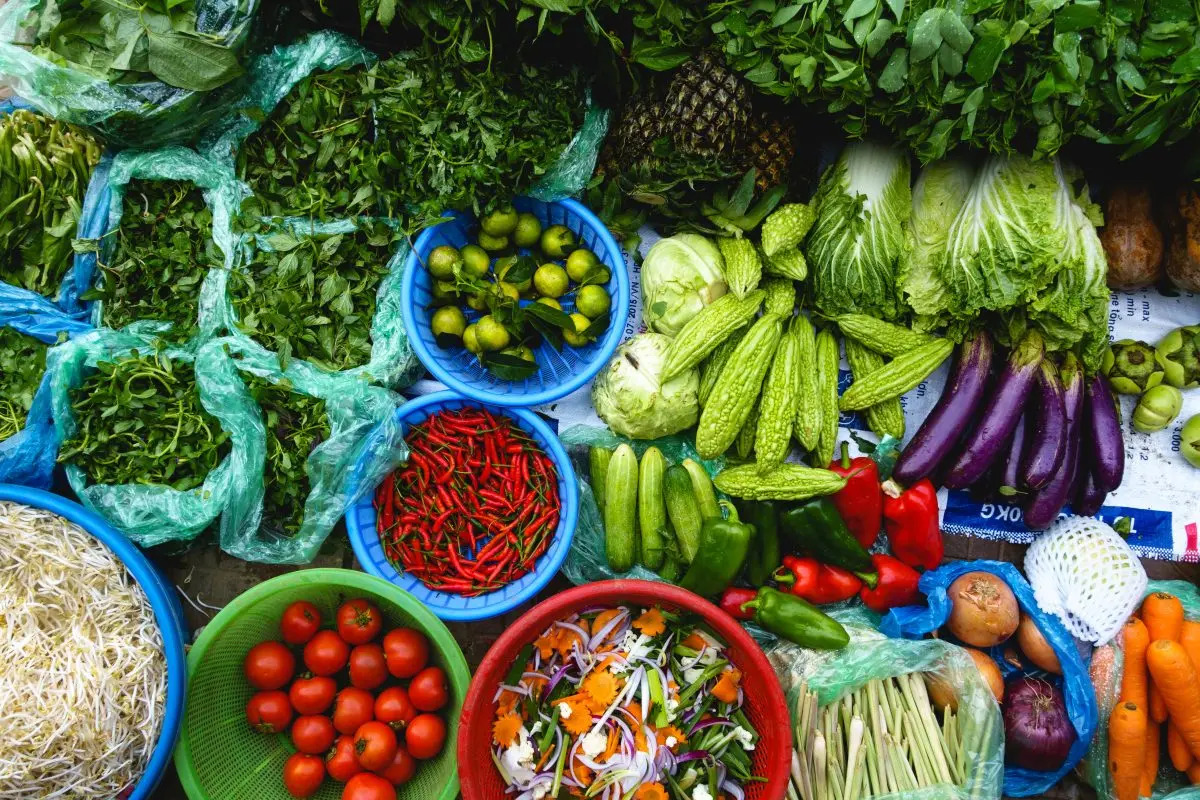The South Asian and Middle Eastern community marketplace is far more than a commercial space—it is a vibrant reflection of tradition, heritage, and communal identity. These marketplaces, whether located in bustling urban centers or nestled within local neighborhoods, serve as essential hubs where culture meets commerce, and where diverse communities maintain their unique customs while blending into the broader global economy.
What Is a Community Marketplace?
A community marketplace is a space where local vendors, small businesses, artisans, and service providers come together to offer goods and services to a specific cultural or ethnic group. In the case of South Asian and Middle Eastern marketplaces, these areas often feature a rich mix of traditional foods, clothing, jewelry, textiles, spices, books, and religious items, alongside restaurants, bakeries, and cafes.
Such marketplaces may take the form of physical shopping centers, street bazaars, or increasingly, online platforms were catering to diaspora communities across the world. Their appeal lies not only in what they sell, but in the immersive cultural experience they provide.
A Celebration of Culture
Walking through a South Asian or Middle Eastern marketplace is a sensory journey. Brightly colored sarees and abayas hang in shopfronts, the air is filled with the scent of spices like cumin and cardamom, and the sound of regional music or languages—from Hindi and Urdu to Arabic and Farsi—adds to the authenticity. These markets often host festivals, cultural events, and community gatherings, creating a space for celebration and connection.
For many first- or second-generation immigrants, such marketplaces offer a sense of belonging. They serve as bridges between their homeland and their new country, allowing them to maintain traditions, celebrate holidays, and share their culture with future generations.
Economic Empowerment
These community marketplaces are critical for economic development within diaspora populations. Many businesses in these marketplaces are family-owned, and they often serve as the first entrepreneurial venture for immigrants and newcomers. By lowering barriers to entry and catering to a loyal customer base, they provide opportunities for financial independence and upward mobility.
Moreover, the marketplaces support import/export relationships with home countries, boosting trade in textiles, produce, art, and artisanal goods. In multicultural cities like Toronto, London, New York, and Dubai, these marketplaces contribute significantly to the local economy and employment.
Diversity in Goods and Services
The variety of products found in these markets is vast and culturally specific:
- Food: South Asian and Middle Eastern groceries offer fresh produce, halal meats, spices, lentils, teas, pickles, and sweets like baklava or gulab jamun.
- Clothing: From traditional kurtas and sarees to modern modest fashion, these markets cater to religious and cultural dress codes with style.
- Beauty & Wellness: Herbal and Ayurvedic products, henna, attars (natural perfumes), and handmade soaps are common.
- Religious Items: Prayer rugs, books, incense, and religious symbols are widely available.
- Services: These marketplaces often include tailoring, travel agencies, legal services, language classes, and cultural organizations.
The Rise of Online Community Marketplaces
In recent years, the digital shift has given rise to online marketplaces that cater to South Asian and Middle Eastern communities worldwide. Platforms like DesiBazaar, Souq, and smaller niche e-commerce sites now allow users to purchase culturally specific goods without geographical limitations. This evolution has opened new doors for businesses and expanded cultural access for younger generations.
Challenges and Opportunities
Despite their success, these marketplaces face challenges, including rising rent prices, competition from big-box retailers, and regulatory barriers. However, there is immense opportunity in digital transformation, cultural tourism, and cross-cultural exchange. Supporting these markets through policies, community engagement, and conscious consumerism helps preserve their unique value.
Conclusion
The South Asian and Middle Eastern community marketplace is more than just a shopping destination—it is a dynamic space that nurtures cultural identity, supports small businesses, and brings people together. As these marketplaces continue to evolve, they remain vital links between tradition and modernity, offering a powerful example of how commerce and culture can thrive side by side.
For more information click here South Asian & Middle Eastern community Marketplace.

